日本人の美意識が創造した伝統的な文様 / The aesthetic sensibilities formed in Japan in Edo periods (1568 – 1868)
日本の伝統的な文様は、日本人の「自然に対する独特な感受性と美意識」が凝縮されています。「日本の伝統的な文様」について分かりやすく説明されてる本を見つけたので、引用すると:
You have probably looked at many beautiful Japanese fabric patterns, but did you know that many of them have a special meaning or story behind them? I’ve found a good book about these Edo-era motifs and I’d like to share a few here:
日本の気候風土は余情ゆたかな自然をかもし出し、めぐる季節の美しさに感動を覚える。そして自然と一体になろうとするのが日本人の美意識であり、それらは文様の世界に凝縮されている。
Japan’s climate and geography support a rich natural environment, with delightful seasonal changes, and appreciating natural beauty and feeling at one with nature are core elements in Japanese aesthetics. We found them crystallised in the design motifs introduced in this book. The traditional motifs presented in this book are organised in terms of designs derived from natural forms (plants, animals, natural phenomena, man-made objects) and more abstract, symbolic design (geometric, stylised, and auspicious motifs).
出典:日本の文様:Traditional Japanese Patterns and Motifs
・・・というわけで、「日本人の美意識が凝縮された」日本の文様を、日本製の布地や、着物の布地を使ってご紹介します!
Here I show you a few Japanese aesthetics and the meaning behind them.
(1) 戦国武将の家紋 / Family crests of Japanese warriors Samurai
*黒地にアイボリー柄。
*織田信長、豊臣秀吉、徳川家康の葵文など、戦国武将の家紋柄。
*Ivory patterns on Black fabric.
*Family crests of famous Japanese warriors Samurai [e.g, Hollyhock for Ieyasu Tokugawa family]
(2) 昭和モダン(白) / Vintage Japanese signages (White)
*白地に、黒文字。
*昭和初期(もっと古いのか?)と思われる、醤油・味噌・昆布のお店の看板の柄。
*Black text on the white fabric.
*Vintage signages for Japanese stores [e.g., Soy source, Miso (fermented soybean paste), Seaweed]
(3) 昭和モダン(黒) / Vintage Japanese signages (Black)
*黒地に、白抜き文字。
*昭和初期(もっと古い?)と思われる、醤油・味噌・昆布のお店の看板の柄。
*White text on the black fabric.
*Vintage signages for Japanese stores [e.g., Soy source, Miso (fermented soybean paste), Seaweed]
(4) 矢絣 やがすり(エンジ色)/ Arrow feathers (Dark red)
*えんじ色と白。
*矢は武家にとって重要な武具の一つです。矢羽根には魔を払う(破魔矢)意味がある。
*矢絣(やがすり)は矢羽を図案化した文様。和服の柄や千代紙の柄として使用されることが多い。
*特に紫色の矢絣の着物は時代劇や歌舞伎の腰元の衣装によく使用されている。
*江戸時代に、結婚の際に矢絣の着物を持たせると出戻って来ない(射た矢が戻ってこないため)と言われるようになり、婚礼の縁起柄とされるようになったため、小紋などにも矢羽模様が使用されるようになった。
*Dark red & white.
*The pattern called Yamane 矢羽 (arrow-feather) or Yagasuri 矢飛白, 矢絣 (arrow-splash pattern) represents the fletching on an arrow and it has been popular in Japan since the Heian era.
*Originally yabane was used on men’s clothing, because it reminds of archery, but since the Meiji era it has been used as schoolgirls dress (remember Haikarasan ga tooru?).
*Yabane has an auspicious association with weddings, since like an arrow shot from a bow a bride does not return to her parents’ house.
*Yabane is also loosely associated with hamaya, the “demon quelling” arrows sold as good luck charms at shrines at New Years and the broken off fletching of an arrow is widely regarded as a charm for repelling bad luck. Click HERE to read more details on ‘Arrow feathers’ pattern.
(5) 矢絣 やがすり(紺色)/ Arrow feathers (Navy)
*紺色と白。
*Navy & white.
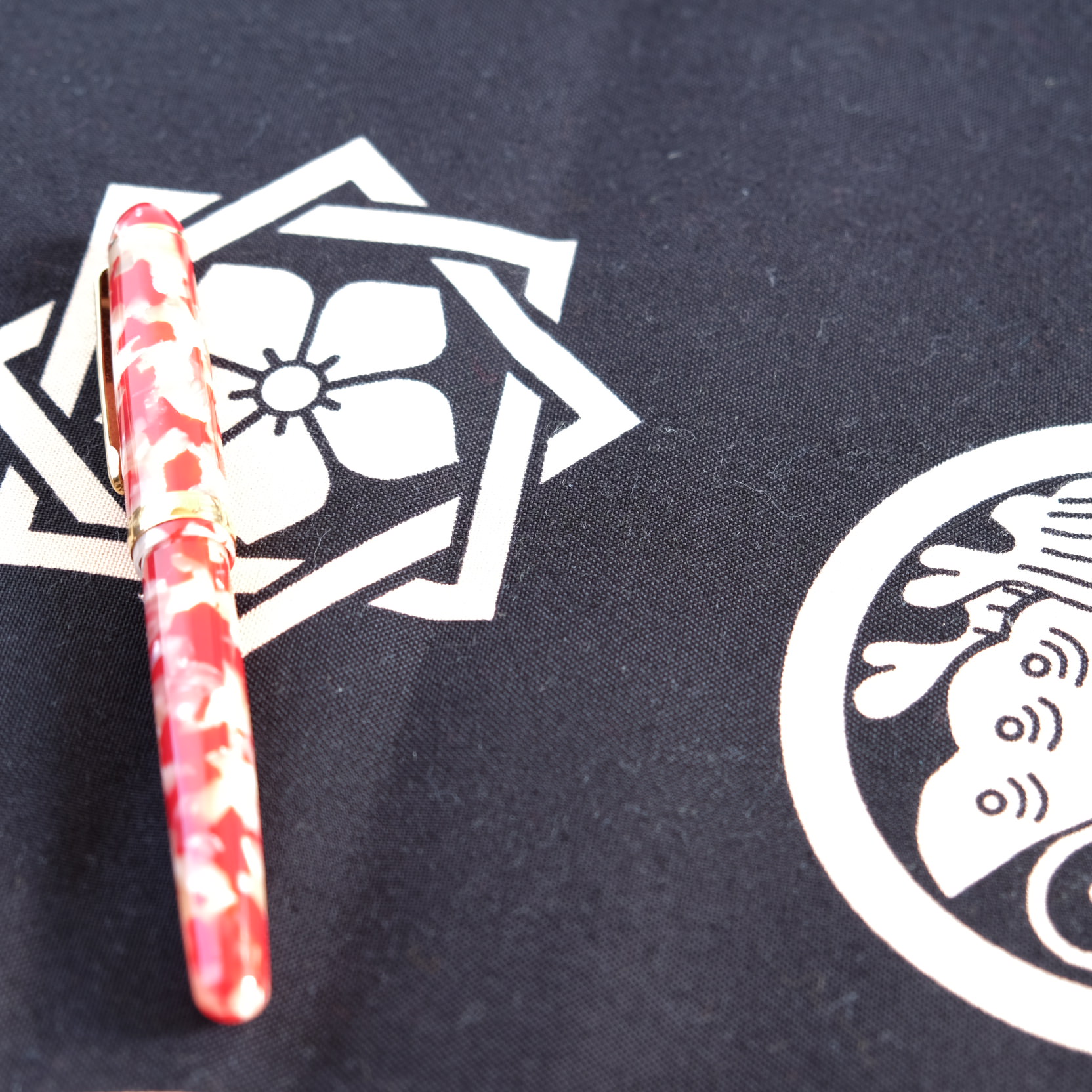


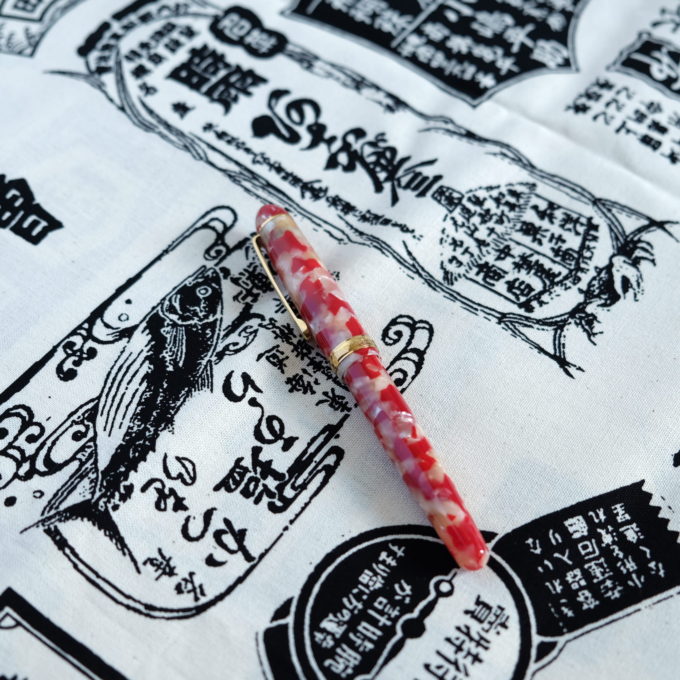







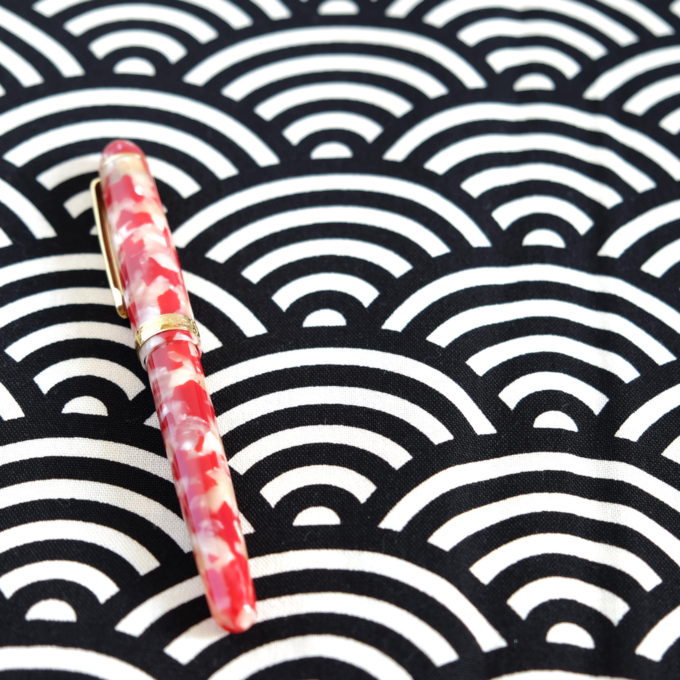

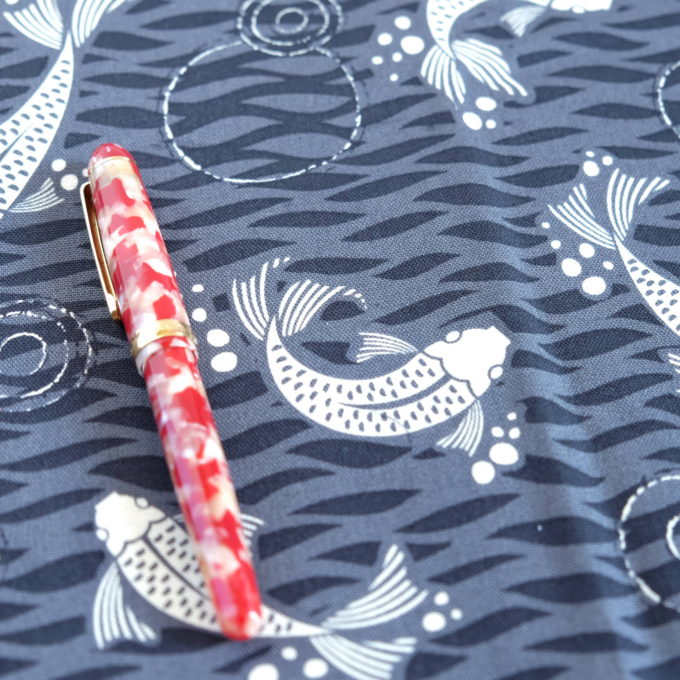



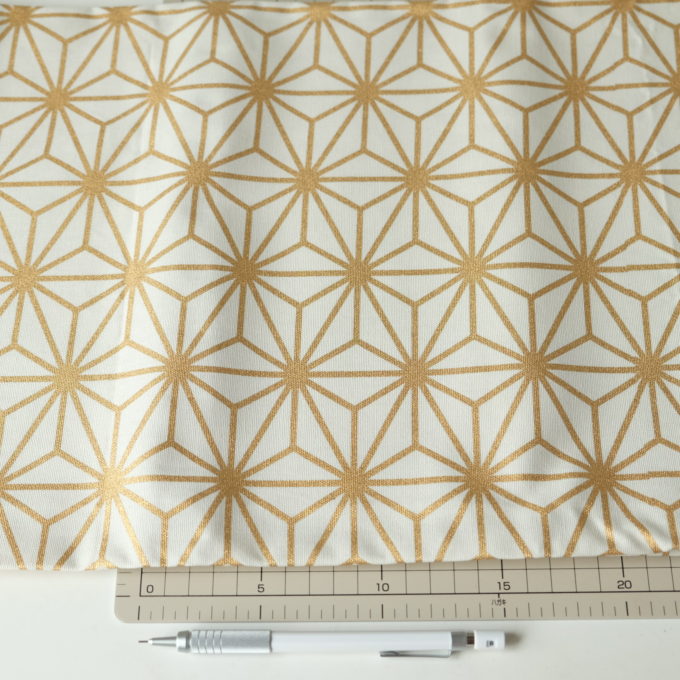
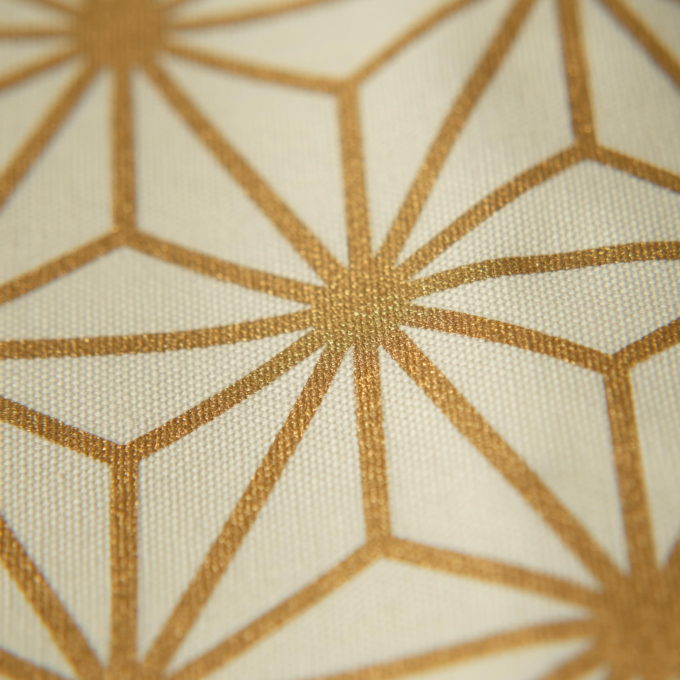


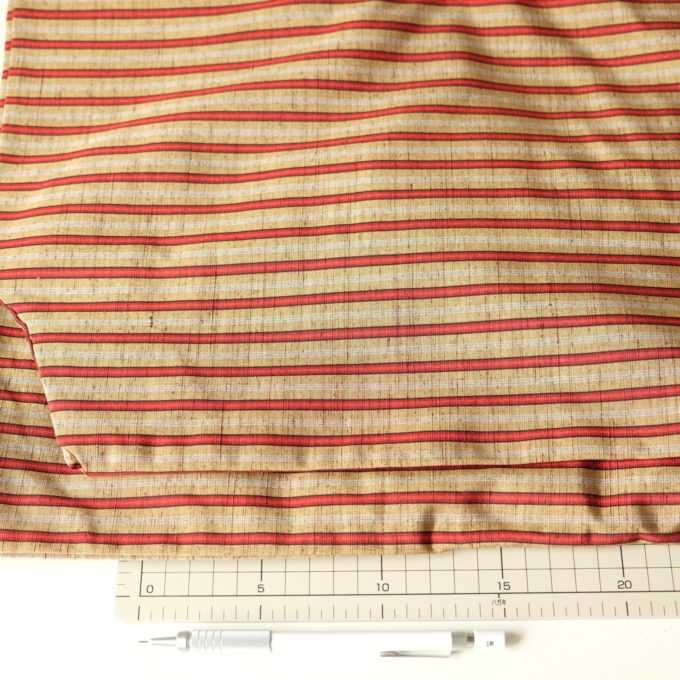


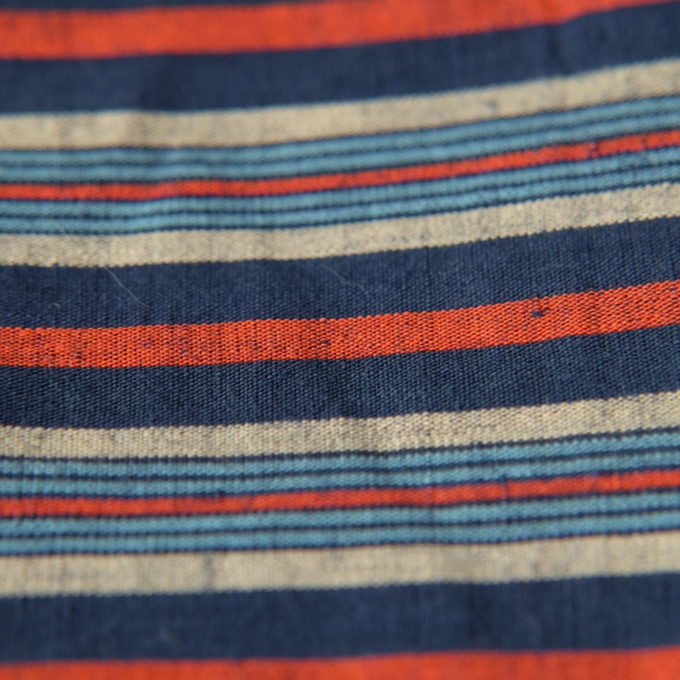


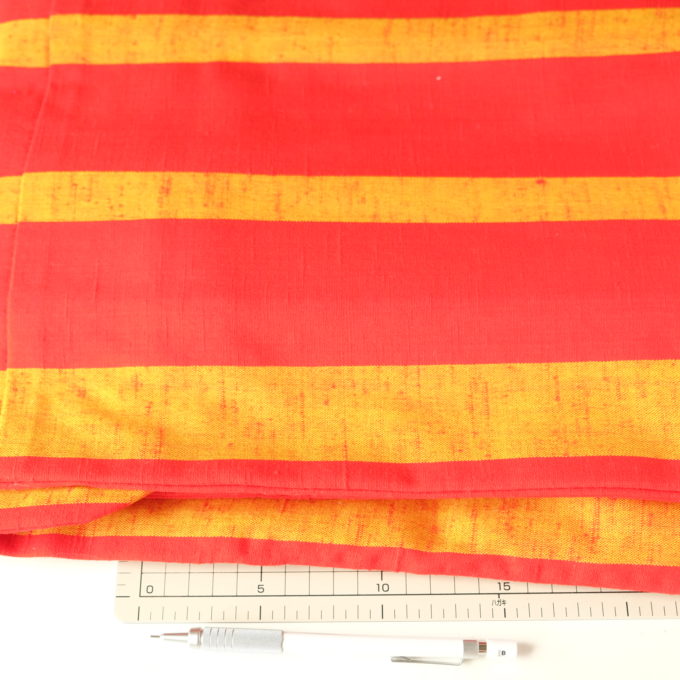



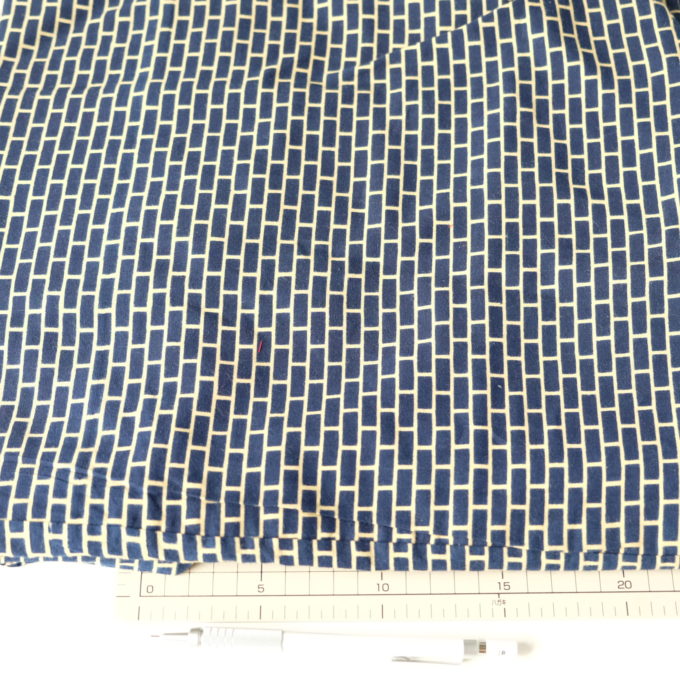


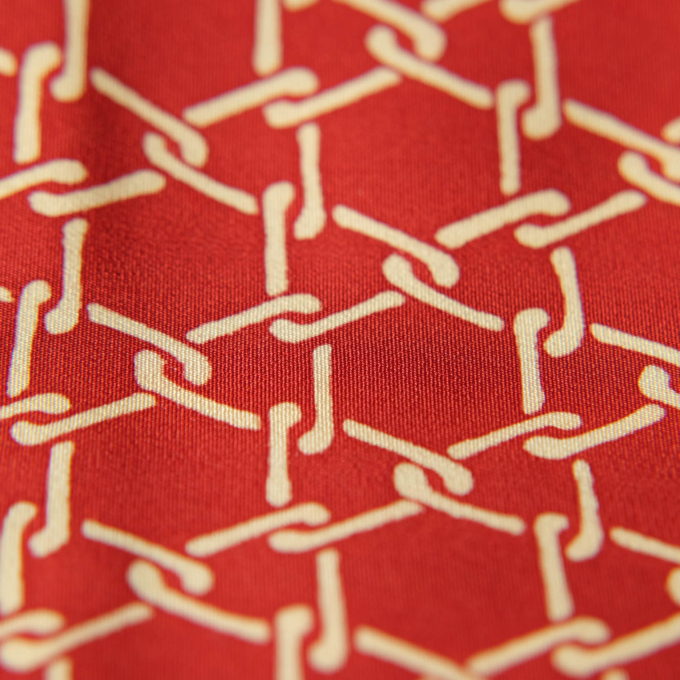


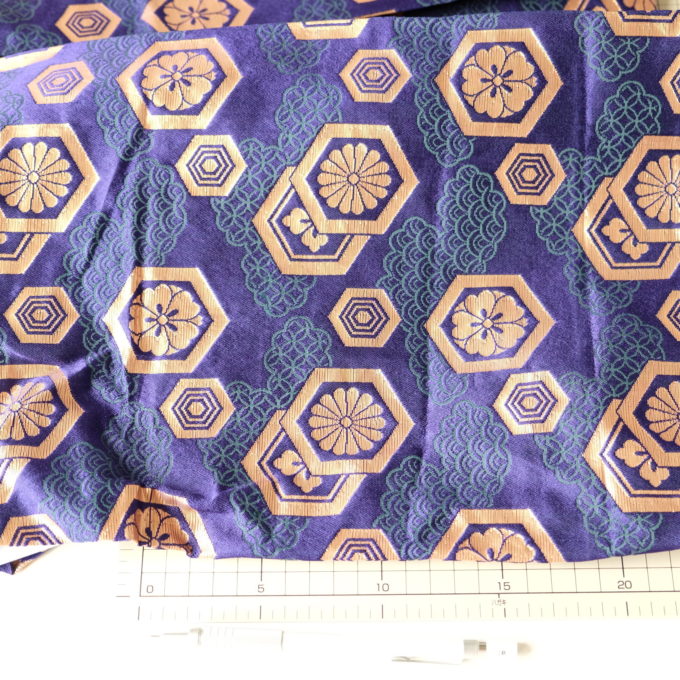
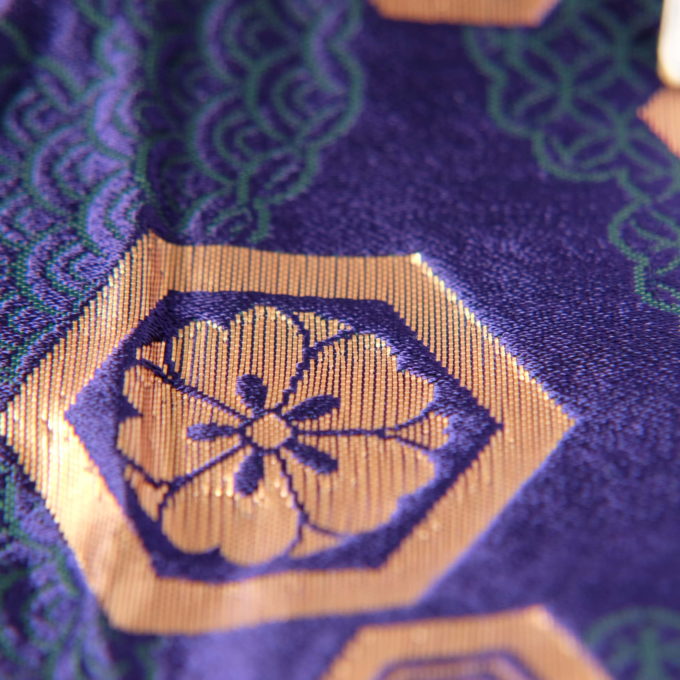
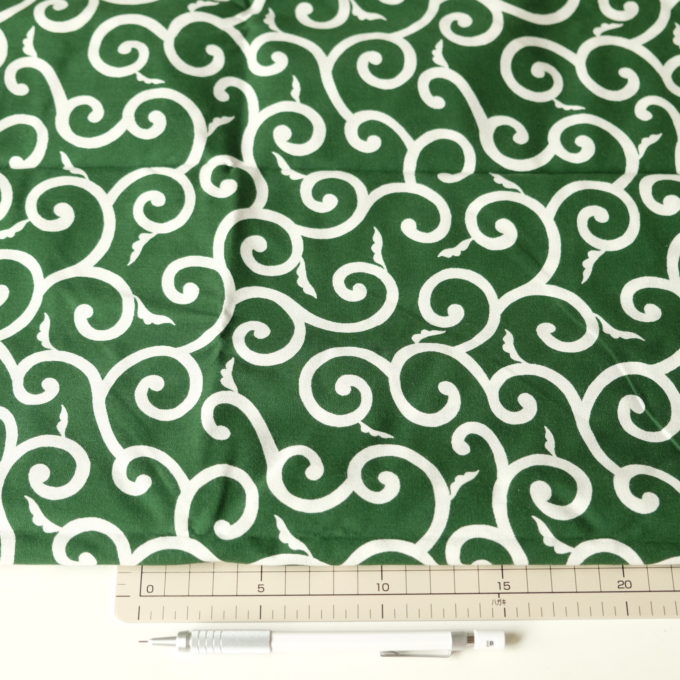



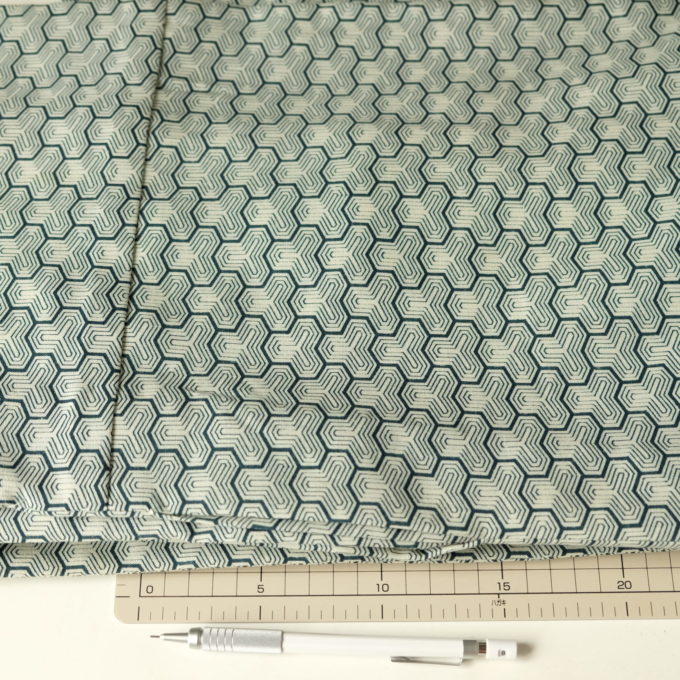
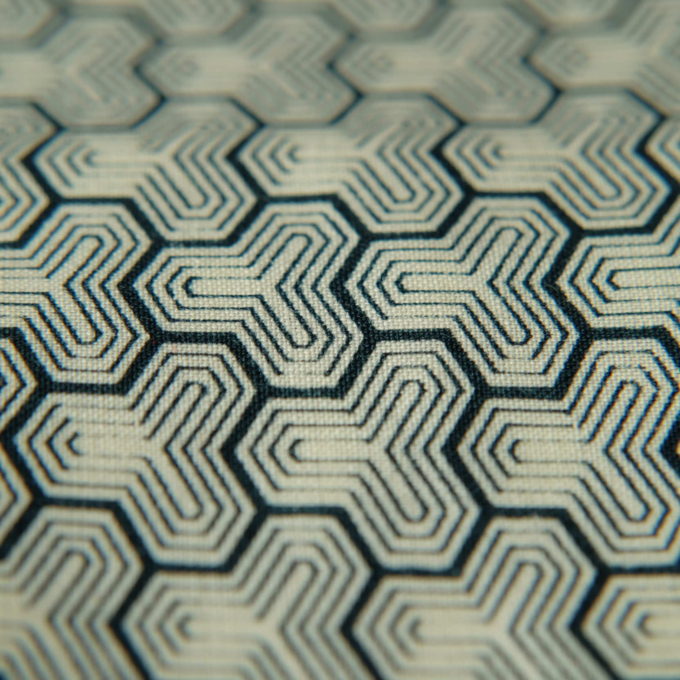

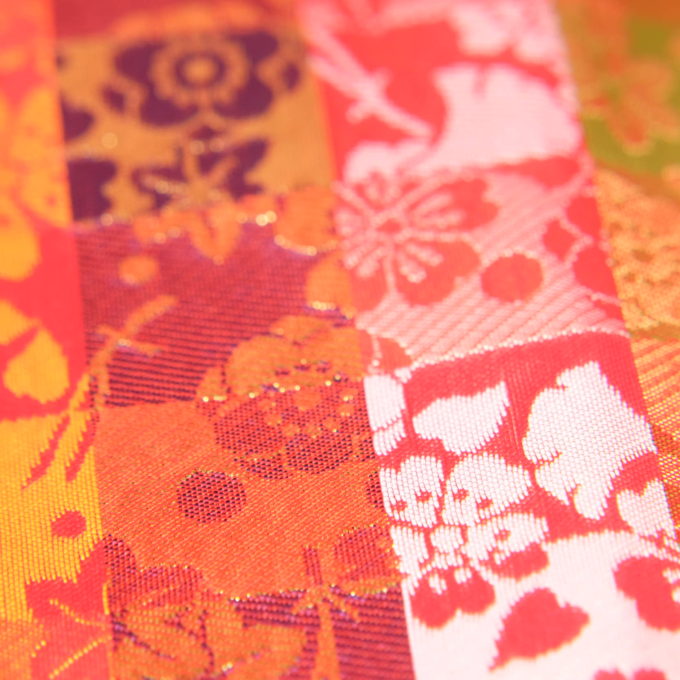
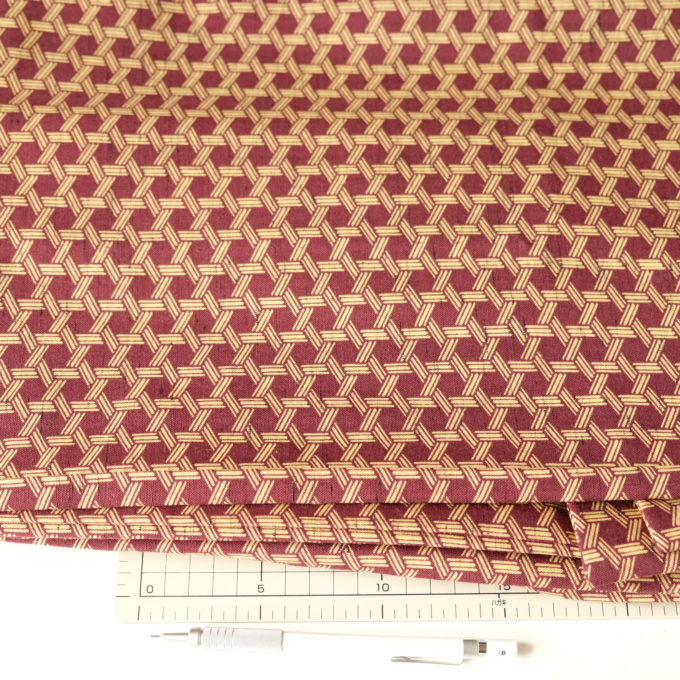
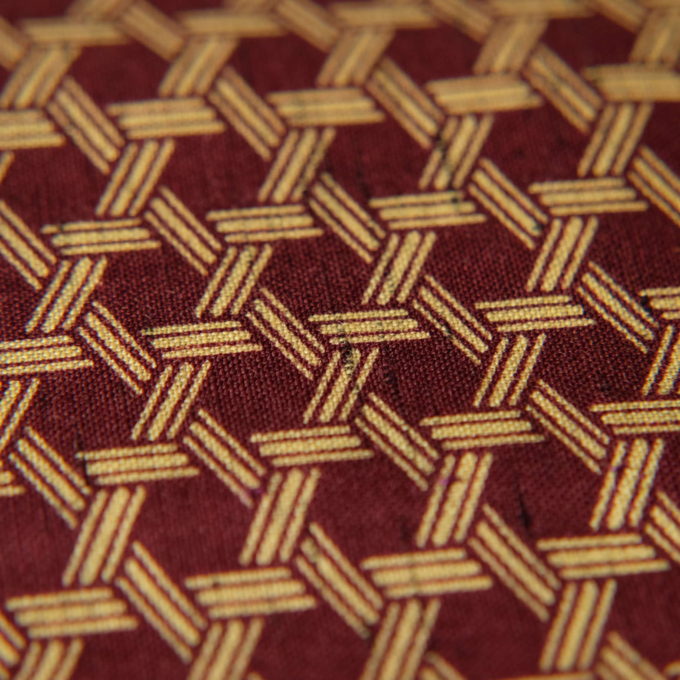
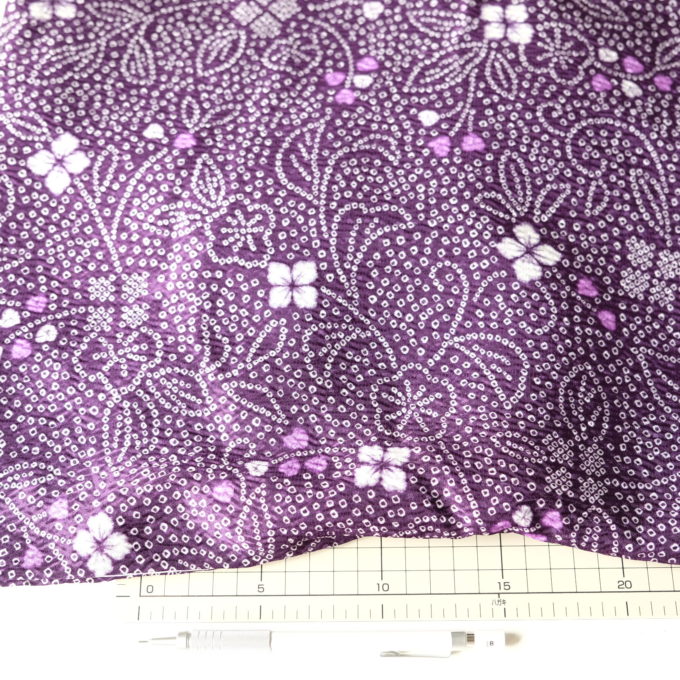

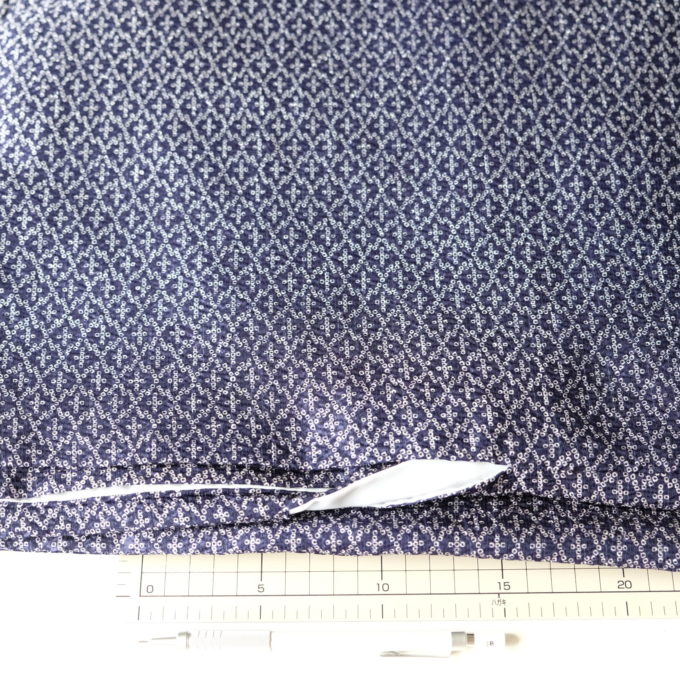
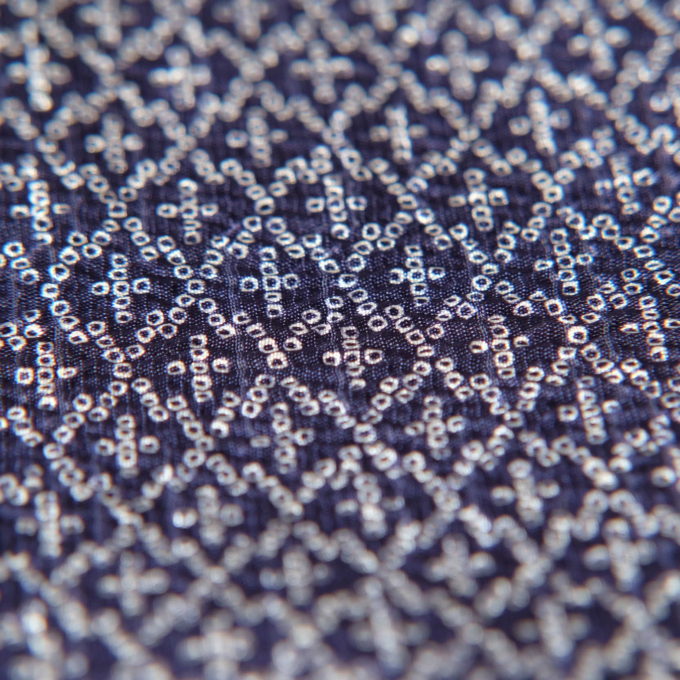
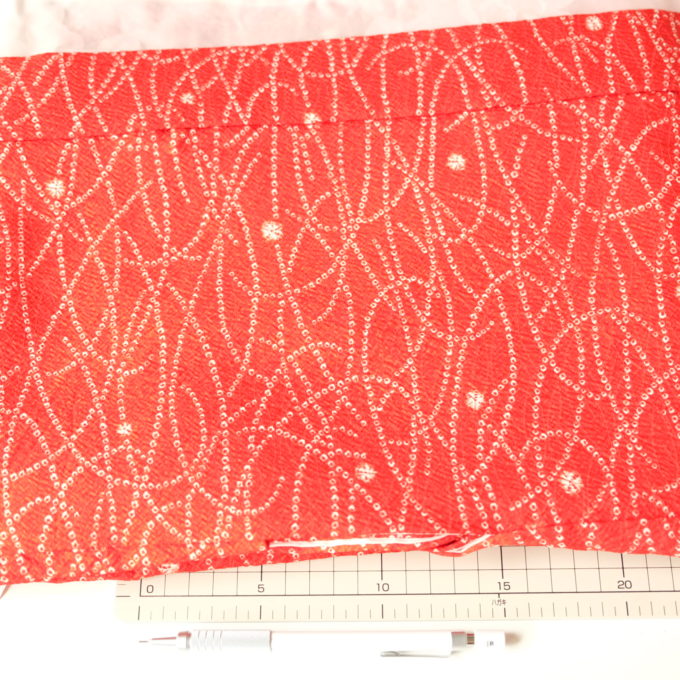


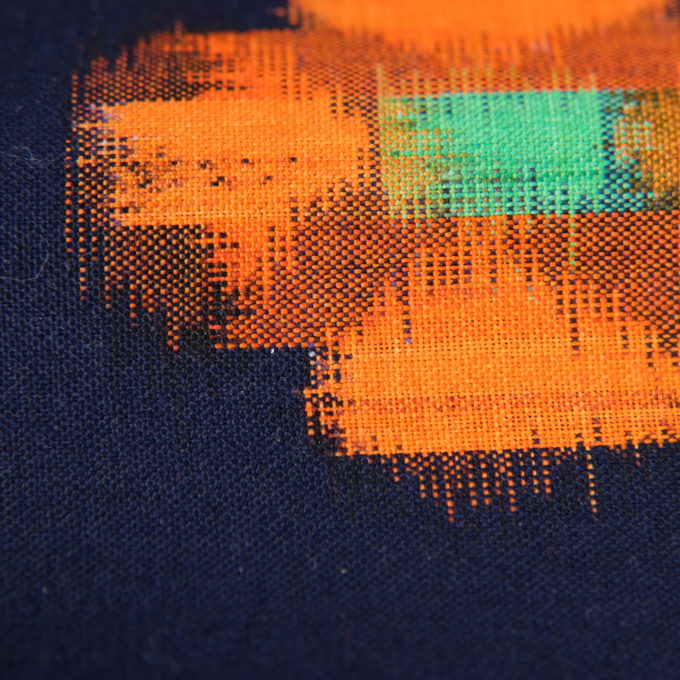
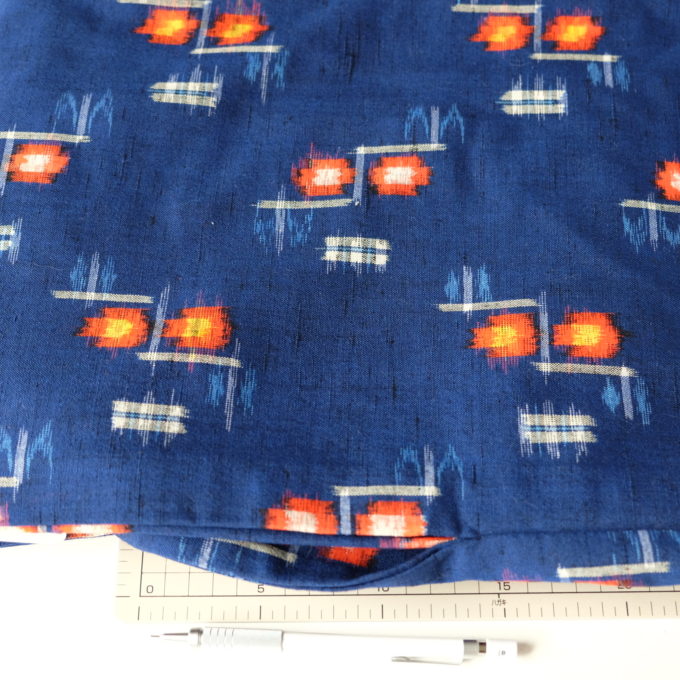
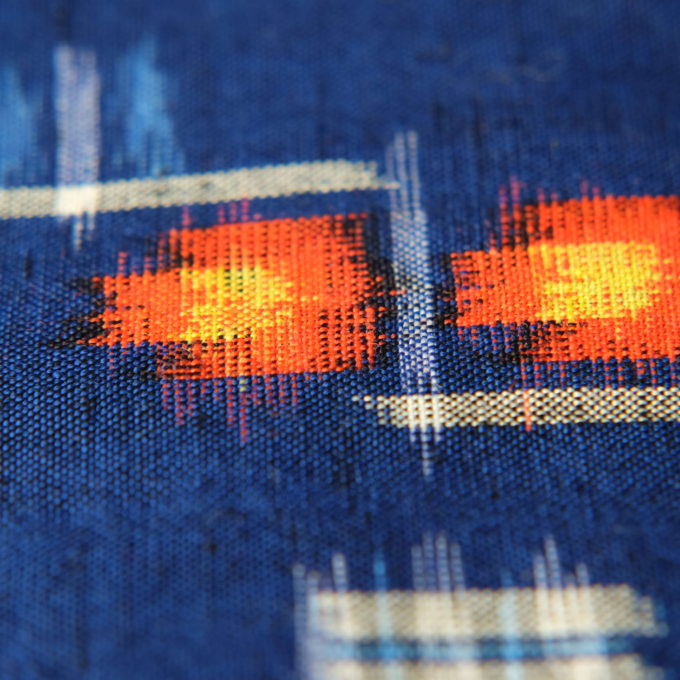

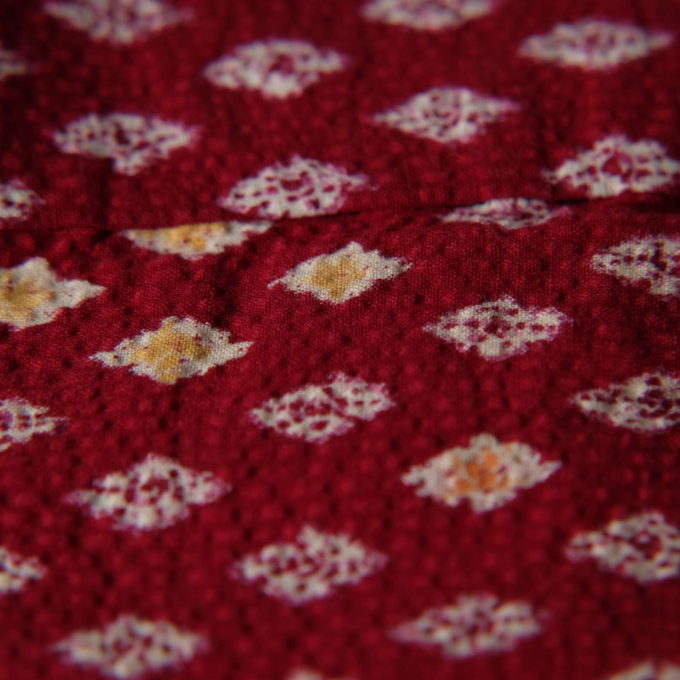
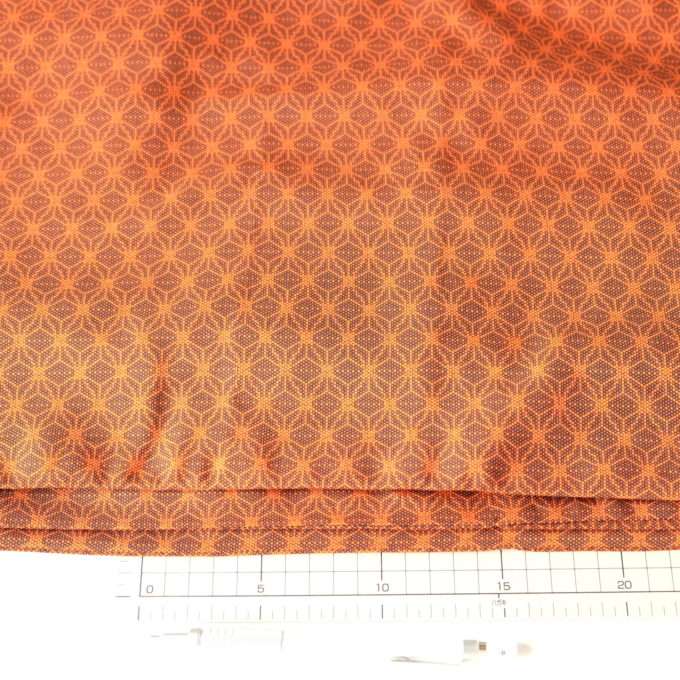
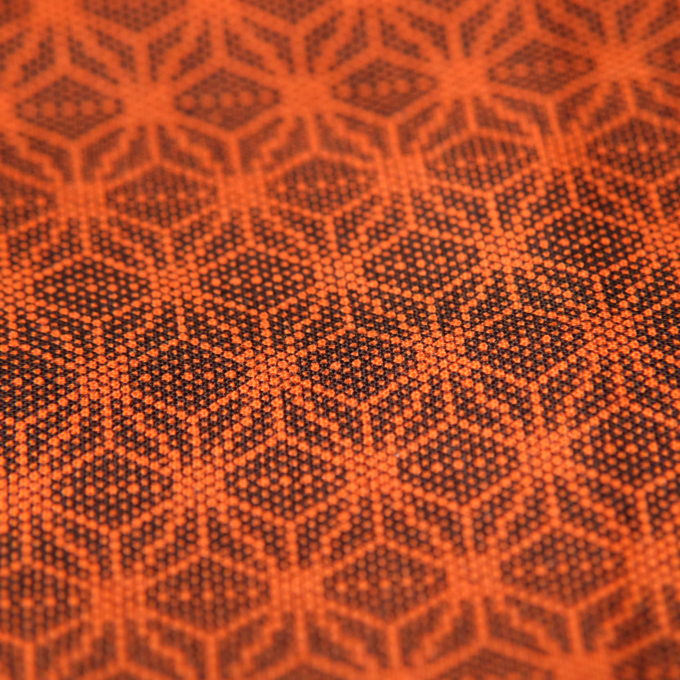
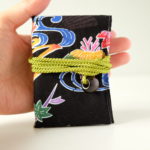

コメント Leave your feedbacks